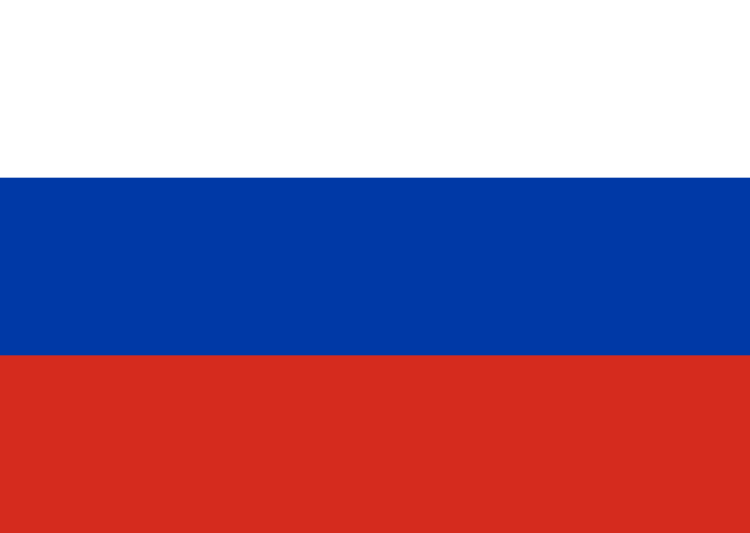Milk Needs Better Monitoring, WHO Says After Virus Found in Milk Samples
- Bird flu outbreaks in dairy cows highlight the need for better surveillance
- Milk and milk products need improved monitoring to protect consumers
- Remnants of bird flu virus found in pasteurized milk samples
- H5N1 bird flu strain causing outbreaks among US dairy cows
- No person-to-person spread of bird flu detected, but situation being closely monitored
- Human infection with H5N1 is rare but often deadly
- Detection of bird flu in dairy cows is concerning and has pandemic potential
- Pasteurization likely inactivates heat-sensitive viruses in milk, but more research needed
- Climate change may have contributed to the spread of H5N1 in various species
Recent bird-flu outbreaks in dairy cows and other animals have raised concerns about the need for improved surveillance of the virus across species, according to World Health Organization (WHO) officials. The WHO is calling for stronger global surveillance in different animal species to prevent the spread of the virus. In addition, the WHO emphasizes the importance of better monitoring of milk and milk products to ensure consumer safety. The US Food and Drug Administration recently found remnants of the bird-flu virus in pasteurized milk samples, although they maintain that the commercial milk supply is safe. The H5N1 bird-flu strain, which is widespread in wild birds, has caused outbreaks among US dairy cows and infected a dairy worker. While the current public-health risk is low and no person-to-person spread has been detected, the situation is being closely monitored. Human infection with H5N1 is rare but often fatal, with a fatality rate of about 50%. The WHO has already developed a candidate vaccine virus for a potential bird-flu vaccine. Pasteurization is likely to inactivate heat-sensitive viruses in milk, but more research is needed to understand its effectiveness against avian-flu viruses in cow milk. Climate change may have contributed to the spread of H5N1 in various species, as it has impacted migratory birds’ pathways and habitat loss.
Factuality Level: 3
Factuality Justification: The article contains some relevant information about recent bird-flu outbreaks in dairy cows and the need for better surveillance of the virus across species. However, it includes some unnecessary details and tangential information, such as discussions on climate change and pasteurization, which are not directly related to the main topic. The article also lacks depth in research and verification of some claims, such as the impact of climate change on H5N1 outbreaks.
Noise Level: 3
Noise Justification: The article provides relevant information about recent bird-flu outbreaks in dairy cows and the need for better surveillance of the virus across species. It includes quotes from World Health Organization officials and the U.S. Food and Drug Administration. The article also discusses the potential risks of the H5N1 bird-flu strain and the importance of monitoring and surveillance. However, the article contains some repetitive information and could benefit from more in-depth analysis on the implications of the outbreaks and potential solutions.
Financial Relevance: No
Financial Markets Impacted: No
Presence Of Extreme Event: No
Nature Of Extreme Event: No
Impact Rating Of The Extreme Event: No
Rating Justification: The article does not pertain to financial topics and does not describe any extreme events.
Private Companies: U.S. Food and Drug Administration (FDA)
Key People: Maria Van Kerkhove (Infectious-Disease Epidemiologist at the World Health Organization (WHO)), Dr. Moez Sanaa (Head of the WHO’s Standards and Scientific Advice on Food and Nutrition Unit), Dr. Wenqing Zhang (Official with the WHO’s Global Influenza Program)
 www.marketwatch.com
www.marketwatch.com 





